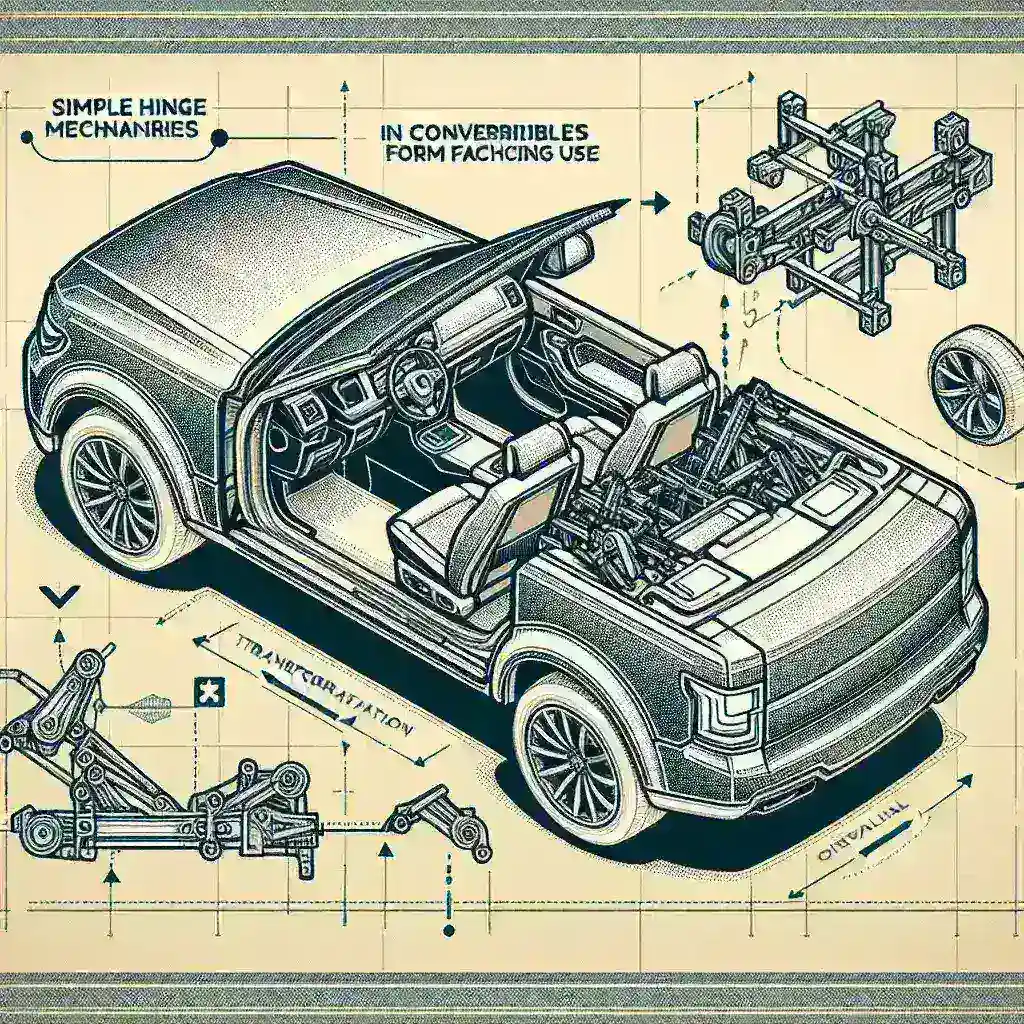Transforming Agriculture: U.S. Farmers Embrace Robotics for Precision Harvesting This September
As September rolls in, a quiet revolution is taking place in the fields of America. U.S. farmers are increasingly adopting robotics for precision harvesting, a trend that is reshaping the agricultural landscape. This article delves into the technological advancements, benefits, challenges, and future implications of robotics in agriculture.
The Rise of Robotics in Agriculture
The integration of robotics into farming is not a new concept, but its adoption has accelerated significantly in recent years. Farmers are now utilizing advanced technologies to enhance productivity, reduce labor costs, and improve the quality of their crops. Robotics has enabled farmers to harvest crops with precision that human labor simply cannot match.
Historical Context
The journey of mechanization in agriculture traces back to the late 19th century with the introduction of tractors and harvesters. Fast forward to the 21st century, and robotics has taken this evolution a step further. This September, farmers are incorporating autonomous machinery and drones into their harvesting processes, marking a new chapter in the agricultural narrative.
Understanding Precision Harvesting
Precision harvesting involves the use of technology to ensure crops are harvested at the optimal time and with minimal waste. This approach not only maximizes yield but also enhances the quality of produce. Robotics plays a crucial role in this process through:
- Autonomous Harvesters: These machines can navigate fields, identify ripe crops, and harvest them without human intervention.
- Drones: Equipped with sensors, drones monitor crop health and help determine the best harvesting times.
- Data Analytics: Farmers can utilize data collected by robots to make informed decisions about crop management.
The Benefits of Adopting Robotics
There are numerous advantages to adopting robotics for precision harvesting:
- Increased Efficiency: Robots can work tirelessly without breaks, significantly speeding up the harvesting process.
- Cost Reduction: While initial investment may be high, the long-term savings on labor and increased yields often outweigh the costs.
- Improved Crop Quality: Precision harvesting minimizes damage to crops, enhancing their market value and freshness.
Case Study: A Successful Implementation
One notable example is a farm in California that transitioned to robotic harvesting last year. By implementing autonomous harvesters, the farm reported a 30% increase in efficiency and a 20% reduction in labor costs. Farmers can now focus on other aspects of their business, such as expanding their product lines and improving marketing strategies.
Challenges in Implementing Robotics
Despite the numerous benefits, the transition to robotics is not without its challenges:
- High Initial Costs: The upfront investment for robotics can be daunting for small-scale farmers.
- Technical Knowledge: Farmers may need training to operate and maintain robotic systems effectively.
- Dependency on Technology: Relying heavily on technology can pose risks, especially in case of system failures.
Future Predictions
The future of farming in the U.S. seems increasingly intertwined with robotics. Experts predict that by 2030, nearly 70% of farms will utilize some form of automation in their operations. This shift is expected to lead to:
- Better Resource Management: Robotics will enable precise application of water, fertilizers, and pesticides.
- Enhanced Sustainability: Reduced waste and lower carbon footprints will contribute to more sustainable farming practices.
- Job Transformation: While some traditional farming jobs may decline, new roles in tech support and data analysis will emerge.
Cultural Relevance of Robotics in Agriculture
As farmers embrace robotics, there is a cultural shift towards viewing technology as a key partner in farming rather than a threat. This change reflects a broader societal acceptance of innovation in agriculture, essential for meeting the demands of a growing global population.
Expert Insights
According to agricultural expert Dr. Jane Smith, “The adoption of robotics in farming represents a critical shift towards sustainable agriculture. Farmers who invest in these technologies will find themselves at a significant advantage in the marketplace.” Her insights underscore the necessity of embracing innovation for future success.
Conclusion
As U.S. farmers adopt robotics for precision harvesting this September, they are not just enhancing their operations; they are paving the way for the future of agriculture. The benefits of increased efficiency, reduced costs, and improved crop quality are compelling. However, the journey is fraught with challenges that require careful navigation. As these technologies continue to evolve, the agricultural landscape will undoubtedly transform, heralding a new era of farming that harmonizes tradition with innovation.
In summary, the adoption of robotics in farming is more than a trend; it represents a fundamental change in how food is produced in the United States and beyond. As we look ahead, the potential for robotics to revolutionize agriculture is immense, promising a future where food production is more efficient, sustainable, and resilient.




